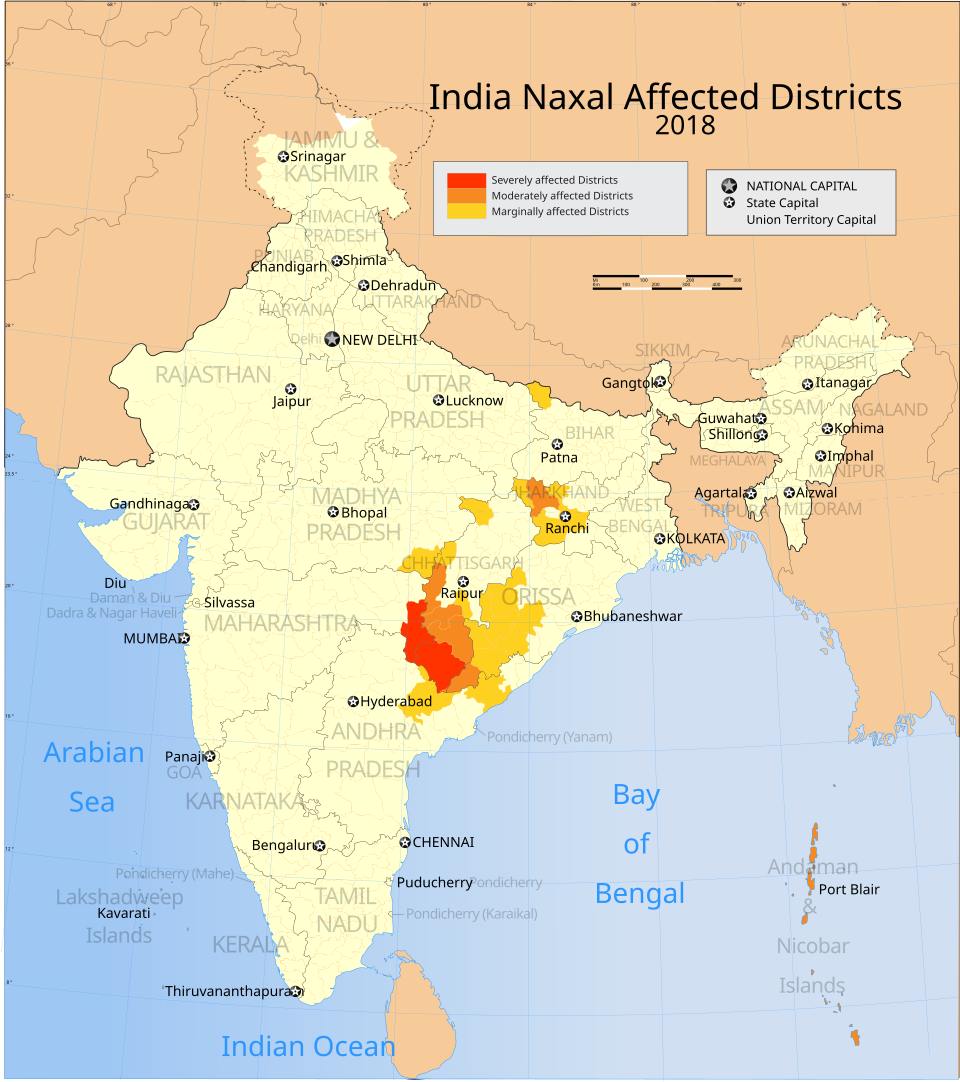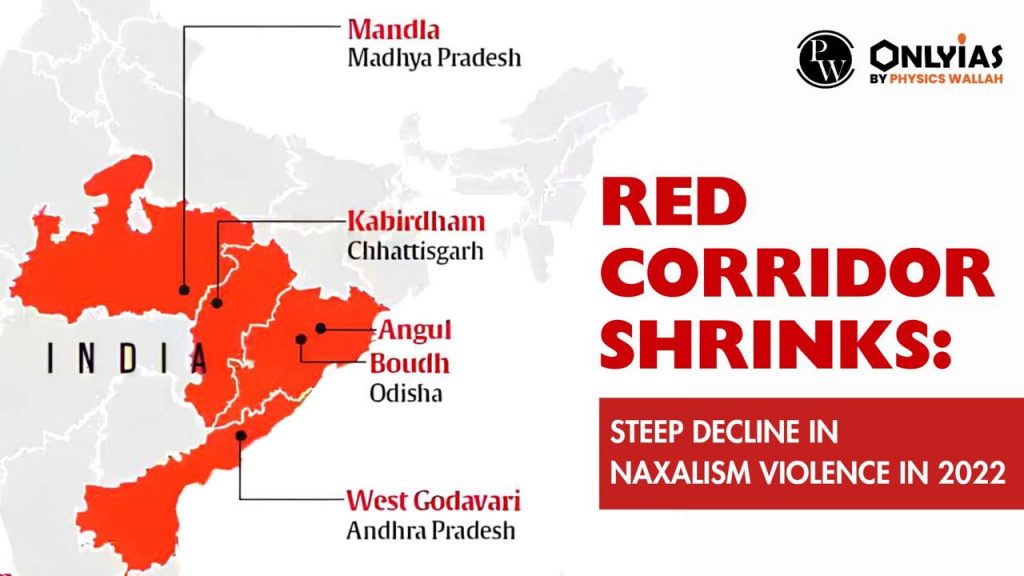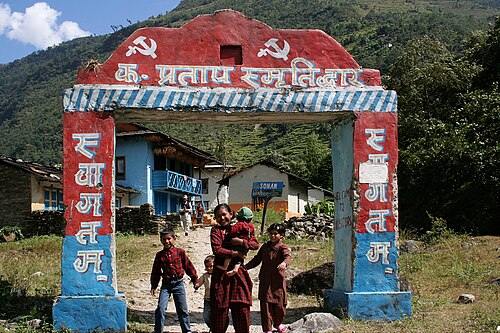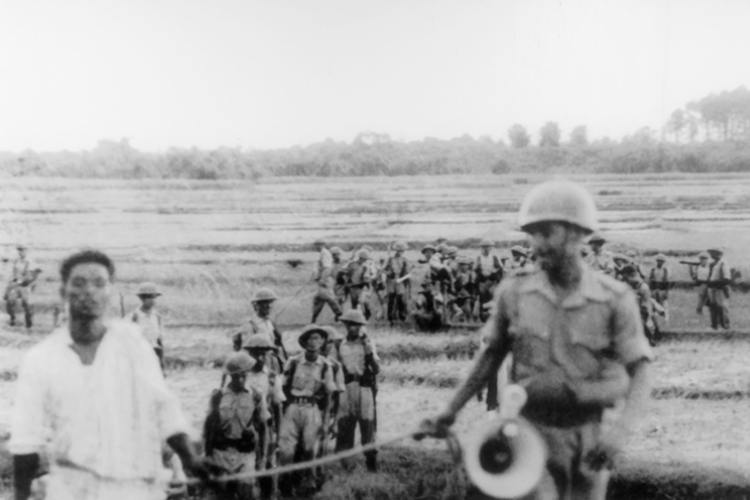Whilst completely unknown to most everybody, India and for over 60 years has been going through the Naxalite rebellion, a Maoist insurgency that seeks to turn India communist.
How though did this start, why are they trying to do it, just how serious is it and does it affect tourism in India? Well to sum up briefly it is pretty damned serious and tourists have been kidnapped, or worse.
So, what do travelers need to know about the rebellion?

Red Corridor–Naxalite active zones in 2018 (Photo: Wikipedia)
What is the Naxalite Rebellion?
The Naxalite rebellion started in 1967 in the small village of Naxalbari in West Bengal. It was a breakaway faction of the Communist Party of India (Marxist) that decided violence was the way forward rather than electoral politics. Inspired by Mao Zedong’s strategy of people’s war, they launched an armed peasant uprising against landlords and the state. Their goal was a complete communist revolution in India.
At first, it was small scale attacks by peasants with sickles and crude weapons. But over time, especially by the 1980s and 1990s, it evolved into a serious insurgency. In 2004 the major factions merged to form the Communist Party of India (Maoist), creating a well organized guerrilla army. They carried out ambushes on police, attacked railways, and ran parallel administrations in tribal areas.
Their base has always been the poorest, tribal and landless farmers in rural India who have been neglected by the state for decades. At their peak, they influenced over 200 districts across roughly one third of India’s territory. They were considered by the Indian government as the biggest internal security threat the country has faced.

Photo: pwonlyias
What is the “Red Corridor” and where is the main Naxalite insurgency?
The Red Corridor is the term for the belt of territory where the Naxalite rebellion has been most active. It stretches from the forests of Andhra Pradesh and Telangana in the south, through Chhattisgarh, Odisha, Jharkhand, Bihar and parts of West Bengal in the north. This region covers some of India’s poorest and most underdeveloped tribal areas.
Chhattisgarh’s Bastar district is the most dangerous hotspot. The Maoists there run parallel governments, collect taxes, and impose their own justice systems. Roads are often mined, police stations attacked or abandoned, and government development projects regularly sabotaged.
The terrain is dense forest and rough hills, perfect for guerrilla warfare. State presence outside towns is minimal. The locals often have little choice but to cooperate with the rebels.
In many districts across this corridor, the Maoists have enough influence to control daily life. Even today, traveling off the main roads into these regions without proper clearance is a serious risk.
Maoism in Nepal and Bhutan
China was the original home of Maoism after 1949, but in modern South Asia, Nepal is the only country where Maoists actually took over power. From 1996 to 2006, the Communist Party of Nepal (Maoist) waged a civil war that killed more than 17,000 people. They forced the abolition of the monarchy and transformed Nepal into a federal republic with the Maoists becoming a political party and part of the government. This though far from meant that Nepal become communist. This despite the fact “communist parties” dominate the country.
Bhutan, however, did have its own Maoist movement linked to the Nepali refugee population. In the 1980s and 1990s, many ethnic Nepalis were expelled from Bhutan and lived in refugee camps in Nepal. From these camps emerged the Communist Party of Bhutan (Marxist Leninist Maoist), officially formed in 2003. Their armed wing, the Bhutan Tiger Force, grew to about 600 to 1,000 fighters by 2009. They demanded the end of Bhutan’s monarchy and the repatriation of refugees.
They carried out bombings and attacks inside Bhutan, especially around the time of the 2008 transition to parliamentary democracy. The Bhutanese government, with assistance from India, cracked down heavily on these groups, destroying camps and arresting militants. There was also another Maoist group, the United Revolutionary Front of Bhutan, active from 2007 with similar aims.
These Bhutanese Maoist movements had close ties with Nepali Maoists and Indian insurgents. Though suppressed, they showed how Maoism could spread across borders in the region when ethnic conflict, exile, and ideology mix. Some have even opined that it was Maoism that helped turn Bhutan into a pseudo-Constitutional Monarchy.
The refugee and stateless people situation in Bhutan is not only still ongoing, but could still prove a powder keg in the future.


Rit Bahadur Khadka (Pratap) Memorial Gate(Photo: wikipedia)
Other rebel groups in the area
The Naxalites are not the only armed groups causing unrest in northeast India. This whole region is a patchwork of ethnic insurgencies demanding independence, autonomy, or land rights.
In Assam, the United Liberation Front of Asom (ULFA) has fought since the late 1970s for a sovereign Assam. They have carried out bombings, kidnappings, and extortion.
In Nagaland, the National Socialist Council of Nagaland (NSCN) seeks a Greater Nagaland that includes parts of Myanmar. They have been fighting since the 1950s and have several factions.
In Manipur and Meghalaya, multiple tribal militias continue low level insurgency.
The Bodo groups in western Assam want an independent Bodoland. There have been violent clashes with other ethnic groups and the government.
Some of these groups have used Bhutanese territory as hideouts before Bhutan’s government cracked down with military action.
Why is Maoism such a big deal?
Whether you support a Maoist insurgency or not and let’s be honest most people do not it is easy to see why it has some appeal. India is one of the most unequal countries in the world. It can send rockets to the moon but still has millions of people without basic sanitation or electricity.
Poverty, caste discrimination, land grabs, and police violence are daily realities for many. When official channels fail to provide justice or services, armed rebellion becomes a tempting option.
India has a history of communist parties running states like West Bengal and Kerala, but those governments never solved the root problems.
There are even Juche study groups and North Korea supporters in India. India is among the DPRK’s top trading partners, although this is not because of ideology, but due to India’s independent foreign policy stance.
In this context, Maoism is less about pure ideology and more about desperate people seeking power, dignity and a vaguely more equitable society.
Is the Naxalite insurgency coming to an end?
The government has made gains. Key Maoist leaders have been killed or captured. Some militants have surrendered. Infrastructure has expanded into previously rebel held areas.
However, the insurgency is far from over. The rebels remain embedded in forested areas, and the reasons for the rebellion poverty, land dispossession, tribal marginalisation are still present.
The Maoists have gone underground and operate in smaller numbers but remain capable of violent attacks. This means that for now at least this conflict is likely to persist for years.

Photo: CPIML.ORG
How does it affect tourism?
For most tourists sticking to India’s popular cities and attractions, the Naxalite rebellion is invisible. But if you plan to travel into the rural interiors of Chhattisgarh, Jharkhand, Odisha, or parts of Telangana and Bihar, you must be cautious.
There have been kidnappings of foreigners, including two Italian tourists abducted in Odisha in 2012. They were released after negotiations, but such incidents show the risks.
Roads are mined, trains have been attacked, and local officials or workers have been targeted. Many districts require special permits for foreigners and some areas are outright restricted.
Travelers venturing into these regions should never go alone, always use trusted local guides, avoid discussing politics, and respect local rules.
That though is not to say that India is not a greta place to travel, for it truly is wonderful. Some parts though very much require extra safety, or external advice, such as from YPT!
Click to check out our Sikkim Tours.





